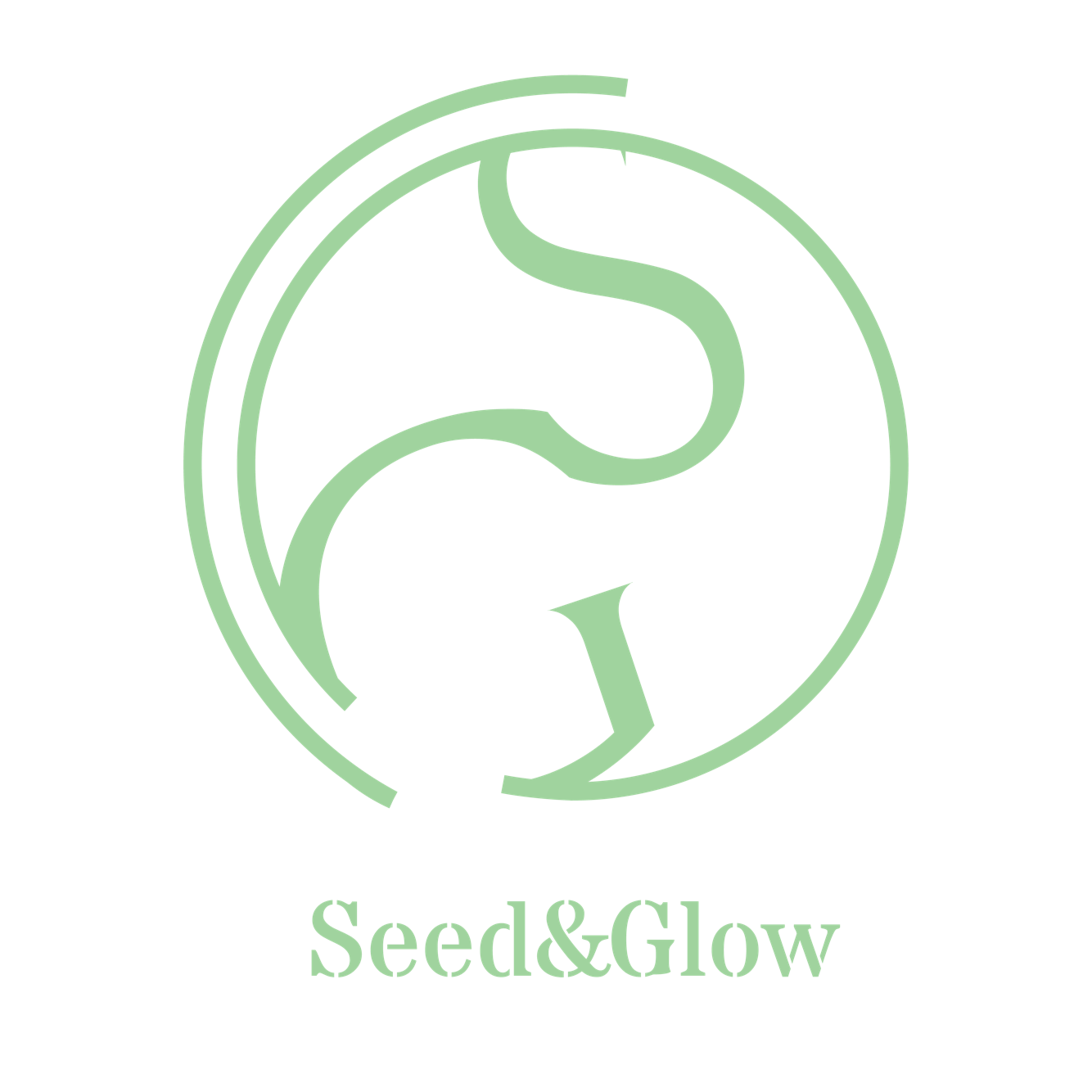Creating cake mascara.
Putting it out there - I love making my own skincare. So much actually, that now I am in the process of formulating the Seed and Glow range for you! I also love doing my own makeup - in particular foundation and eyeshadow. I have a particular skin shade that I have found very hard to match with store-bought foundation. Making my own has been the perfect solution.
I was inspired by a natural cosmetic formulating group I am a member of to have a try at formulating a cake mascara. This couldn’t be too hard could it? (Picture smug eye roll here.) For those not in the know - before the 1960’s cake mascara was the method that totally fashionable women used to apply mascara. It originally came in a tube and then changed into being packaged in a long flattish tin. The components of the mascara were traditionally carbon black, coconut oil sodium soap and palm oil sodium soap. (Source) The idea was that a wet brush would be brushed onto to mascara cake, coated and then applied to the lashes. Occasionally when water wasn’t available women would spit into the cake to create the slurry. Eww!!
The trick is when formulating something like mascara is that you don’t want during the day to have that unfortunate panda look to your eye makeup, creating black smudges under your eyes. Not a good look for anyone! I was trying to avoid the use of soap in my formula to avoid the stinging it would give accidentally getting into your eyes. (Note - I am not the world’s best makeup applier.) Other consideration was that I am trying to as much as possible use natural products in my skincare and make up.
Trial one was making one with different types of waxes and oils and black iron oxide. There was considerable black iron oxide mess and a fair bit of black powder lying around which is quite hard to clean up! While the formula was somewhat successful it didn’t hold up very well, leaving noticeable smudges. Not an attractive look.
Some more research led me to a vegetable derived ingredient called Sylvaclear A200V. It is a mix of natural and synthetic components. Described by the supplier:
Sylvaclear A200V is a vegetable derived rheology modifier, water repelling agent and gloss enhancer for formulation with low-polarity organic liquid for cosmetic and personal care formulations. (Source)
I added this to the formula as part of an oil phase, and then mixed xanthan gum into a water phase. When reaching the required temperature I mixed in the black iron oxide, creating a paste. Then the water phase was added and mixed quickly through before adding in preservative and Tocopherol.
Then the resulting black paste was quickly spread into an empty palette. It started to set quickly. I have been deliberately letting it dry out, lightly covered. After a couple of days I ventured into using it as described above. It has held up well on my lashes, no smudging, even when left on overnight. Yes I know you should always remove makeup at night!
The cake is still drying out, so I am leaving it to dry out further before retrying, but so far I am quite pleased with the results. Will let you know if it holds up over time.
This comes with a warning - It is a bit of a pain to clean up. The Sylvaclear with its water repelling qualities makes this a difficult clean up. I ended up cleaning the equipment with a 70% Isopropyl alcohol mix and a lot of scrubbing. Not something I may do again for awhile but loving the results so far!
Have you made mascara before? What are your results, tips and tricks?



